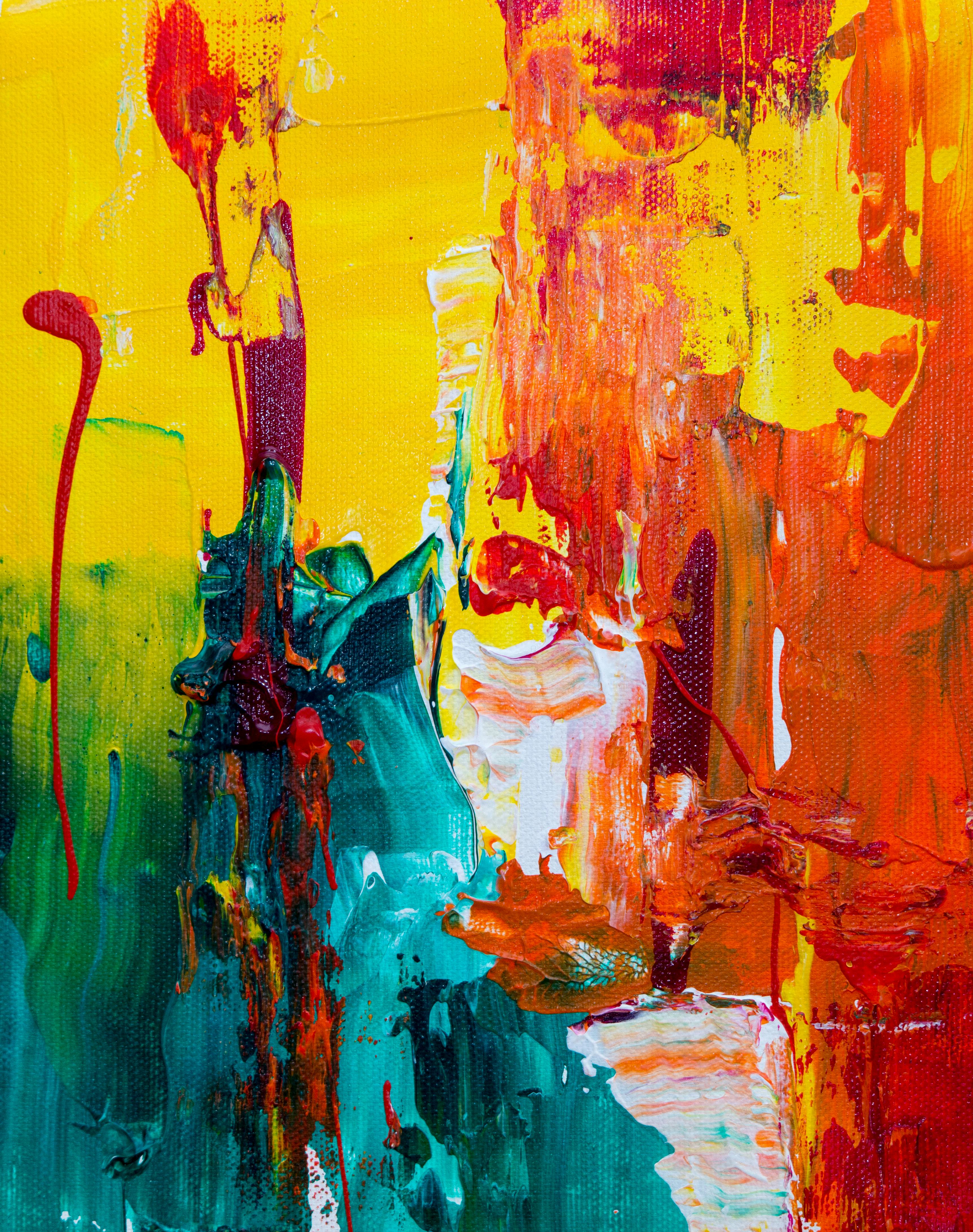"Digital Artistry: The New Vanguard in Creative Expression"
Introduction: In the ever-evolving landscape of the arts and entertainment industry, digital artistry has emerged as a groundbreaking frontier. This article delves into the rise of this innovative movement, its current trends, and the profound impact it has on the creative world.

A Historical Overview of Digital Artistry
Digital artistry, as we know it today, is a product of the technological revolution of the late 20th century. The advent of computers and digital technology opened up a new realm of possibilities for artists. Early pioneers like Harold Cohen and Manfred Mohr began experimenting with computer-generated art as early as the 1960s. However, it was not until the 1990s, with the widespread availability of personal computers and graphic software, that digital artistry truly began to flourish.
The Current Landscape of Digital Artistry
Today, digital artistry is a vibrant and diverse field, encompassing a wide range of mediums and techniques. From digital painting and 3D modeling to virtual reality and augmented reality experiences, artists are continually pushing the boundaries of what is possible. The recent rise of NFTs (Non-Fungible Tokens) has further revolutionized the field, providing a new platform for digital artists to monetize their work.
The Impact and Significance of Digital Artistry
The impact of digital artistry on the arts and entertainment industry is profound. It has democratized the art world, allowing anyone with a computer and an internet connection to create and share their work. It has also blurred the lines between different art forms, enabling artists to create immersive, multi-sensory experiences that challenge traditional notions of what art can be.
The Reception of Digital Artistry
While digital artistry has been embraced by many, it has also faced its share of criticism and skepticism. Some traditionalists argue that it lacks the authenticity and tactile quality of physical art. However, the success of digital artists and the increasing acceptance of digital art in prestigious institutions suggest that it is more than just a passing trend.
The Future of Digital Artistry
As technology continues to advance, the possibilities for digital artistry are virtually limitless. Artists are already experimenting with AI-generated art and holographic performances. As we move further into the digital age, it is clear that digital artistry will continue to play a pivotal role in shaping the future of creative expression.
In conclusion, digital artistry represents a new vanguard in the arts and entertainment industry. It is a testament to the power of technology to transform and expand our creative horizons. As we continue to explore this exciting frontier, one thing is clear: the digital revolution in art is just getting started.





